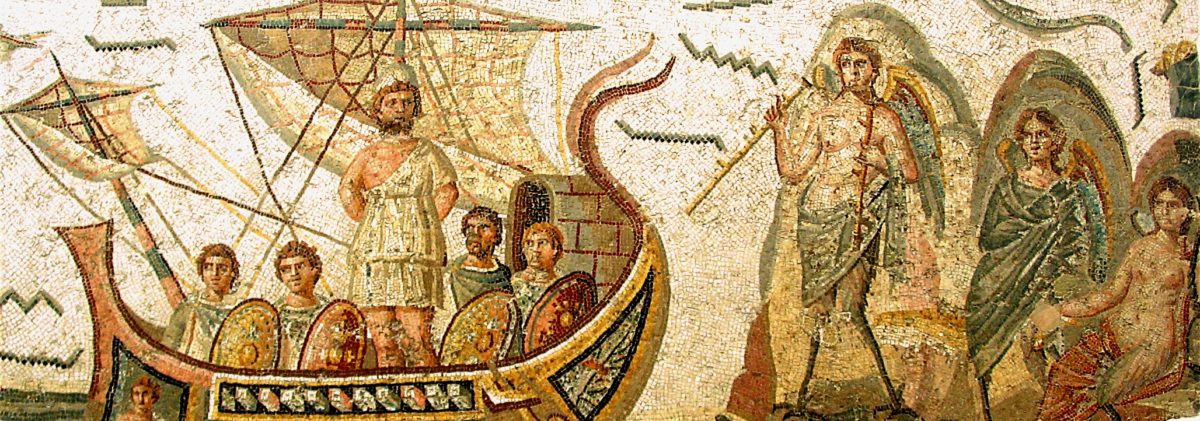There seems to be a lot of confusion about when the novel as a literary form developed. Many people think that the novel arose at some point during the Early Modern Period (lasted c. 1450 – c. 1750). Many works dating to this period, such as Robinson Crusoe, Don Quixote, and Le Morte d’Arthur are often cited as “the first novel.” The popular perception, however, is incorrect.
The novel as a literary form definitely dates at least as far back as the second century BC and probably dates to long before that. Not a single one of the works usually cited as “the first novel” is even close to being old enough to actually be “the first novel.”
The fact is, we don’t know exactly what the first novel was, but, since we have record of works that can only be described as novels dating as far back as at least the second century BC, anything written within the past 2,200 years can’t possibly be “the first novel.”
Continue reading “What Was the First Novel?”









